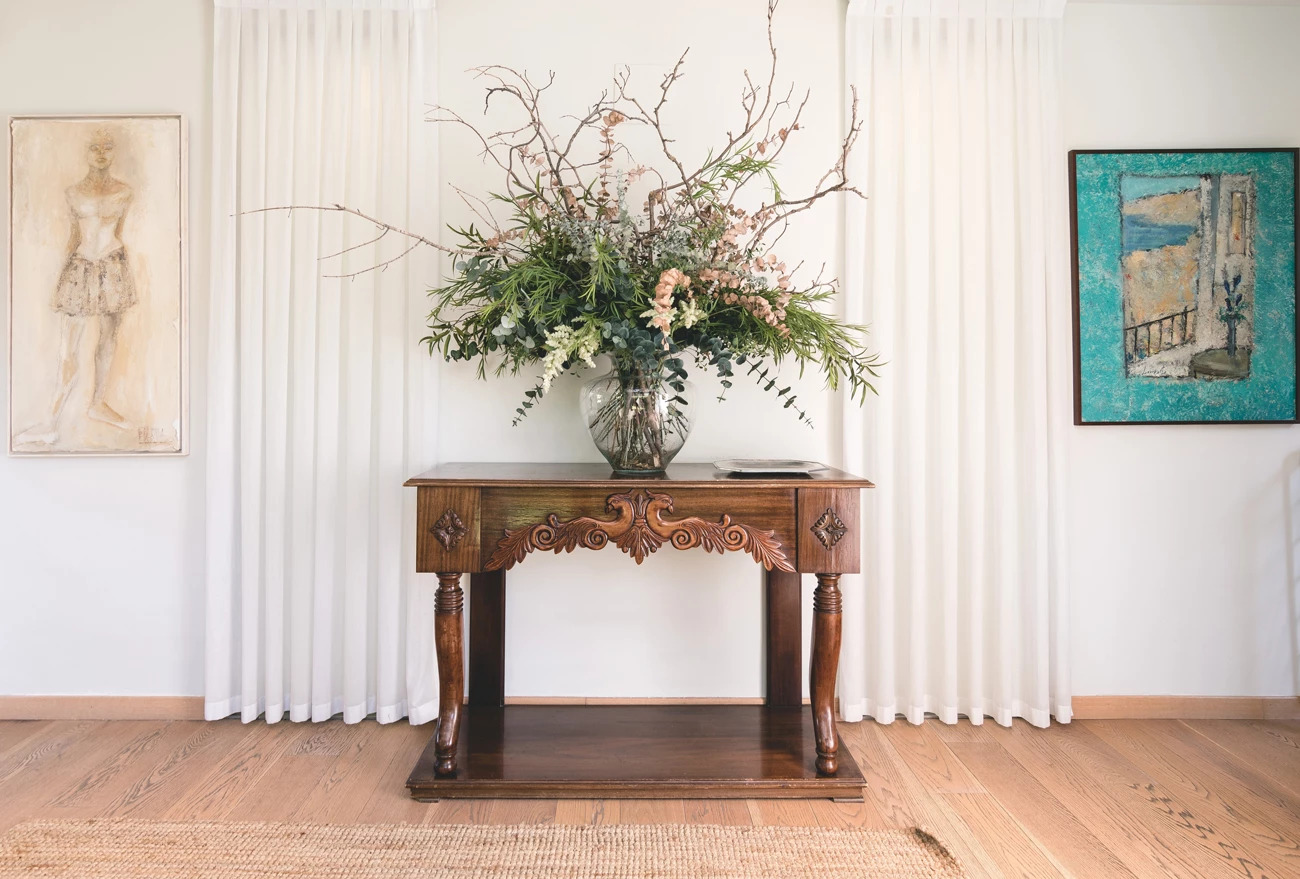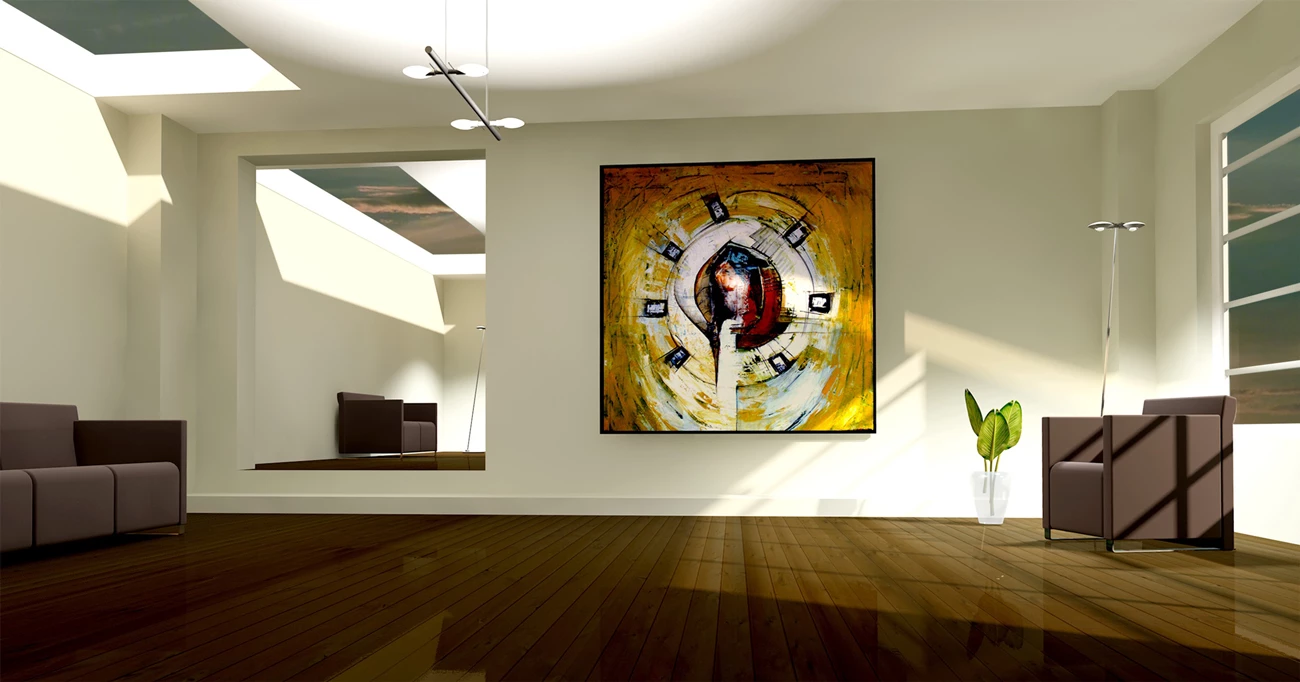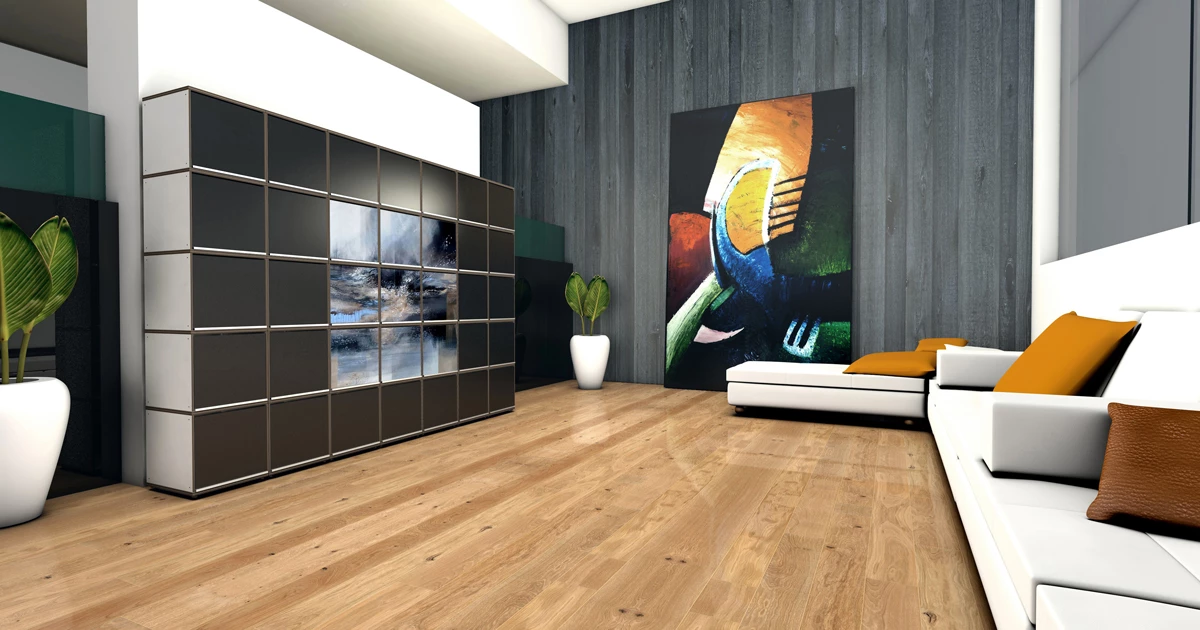16/04/2020 | Category: Home Insurance

Buying your first piece of art can be a daunting prospect. Which artist should you focus on? Is it better to buy something you like or something you feel would be a good investment for the future?
So how do you go about starting your own art collection? The key is to choose art you love and buy it with confidence. Whether you’re buying your first piece of art or your 100th, there are some key considerations you’ll want to make.
Here’s what to ask before you start building your art collection.
“I want to start collecting art, but don’t know much about it. What shall I do?”
The first piece of advice is do not rush into anything. Keep an open mind and look at art at every opportunity – whether that’s in galleries, online or elsewhere. While you are doing this, ask lots of questions and learn as much as you can about the types of pieces that you like. Ask yourself, are you drawn more to paintings? Sculptures?
By taking your time, you can get a better understanding of your tastes and preferences and how to process the information sellers are telling you. It will also help you formulate what questions to ask (that aren’t featured on this list).
“Should I only buy art as an investment?”
There is so much to love about art and it brings many benefits – enhancing your surroundings, making you think, helping you look at things in new ways, introducing you to new ideas, educating you, expanding your mind and making you feel good about the world around you. Instead of just seeing art as an investment, you should always consider its non-monetary benefits.
Saying that, money has got to be a consideration too. Firstly, you want to know you are getting a fair price for the piece. Then you need to understand that if you are buying art as an investment, there’s a chance it will depreciate in value over time, not appreciate. You might want to ask an expert to appraise the piece before you buy to see if it could be a worthwhile investment.
In short, trust your instinct, buy something you love and recognise that the first pieces you buy don’t have to define the rest of your collection.
“How do I find reputable galleries, artists and sellers?”
Anyone just starting an art collection should always buy from an established, reputable vendor. Find out if galleries belong to recognised art dealer associations before paying them a visit. Check the length of time they have been in business. And see if their artists and shows have been featured in art publications - printed or online.
Find art galleries that have profiles in the local art community and seek out websites that offer a range of artworks from a variety of sellers. If you are new to buying art, websites that vet or qualify sellers are a good bet. If buying direct from the artist, make sure the work is an original and that the artist has a clear title to the work.
“Is it safe to buy art online?”
In a word, yes but make sure you do it through respected and well-known channels. Buying art online is growing in popularity and it is getting safer to do so all the time. As long as you buy art from reputable sources or galleries, buying art online is very safe.
Start slow, making sure you know who you are dealing with and what you want from the purchase. It’s also a good idea to follow your favourite artists and galleries on social media so you can stay up to date with new offerings and developments.
If you are just starting out in art buying, it might be worth avoiding online bargain hunting. Avoid sites where anyone can sell any kind of art. More experienced buyers may be able to bag themselves a bargain on these sites, but that’s because they know what to look out for – and what to avoid. As someone who is new to the game, you probably lack the knowledge and experience to get it right. It’s not worth the risk.
“How much should I spend on a piece of art?”
Whatever you are buying, it’s a good idea to set a budget and stick to it. This is especially true when it comes to buying pieces of art. All art is subjective and you may feel a strong emotional connection to one piece more than another – but don’t let your heart rule your head, especially if you’re buying for investment purposes.
Start your art collection by buying more reasonably-priced art. Once you become more familiar with the process and have a few pieces in your collection, you can start to increase how much you spend on each item. A good strategy is to buy the best artwork by a particular artist. If that piece is out of your budget, you need to start smaller. Original prints can be an affordable option and look for artists who are just starting out or who sell more affordable pieces.
Also, be sure to factor in any additional costs beyond the purchase price. Shipping and taxes are generally added on top of the cost of the artwork itself. And take into account things like high net worth home insurance and installation costs. It’s important not to get out of your depth.
“How do I learn more about an artist?”
If you’ve found a new artist who you love, it’s a good idea to do a little bit of research before taking the plunge. Find out where they’ve exhibited before and how much their work usually sells for. If the artist is represented by a gallery, the gallery will have all the information you need. If they don’t have gallery representation, follow them on Instagram or arrange a studio visit if they are local.
Protecting your assets with high net worth home insurance
Starting an art collection for the first time is exciting stuff. But it also means you find yourself with expensive items to keep safe.
High net worth home insurance will not only give you the protection you need against theft and accident but can also help you with accurate valuations of your new purchases for insurance purposes.
Get in touch with the team at Insurance Choice today to find out how we can help protect your collection.
